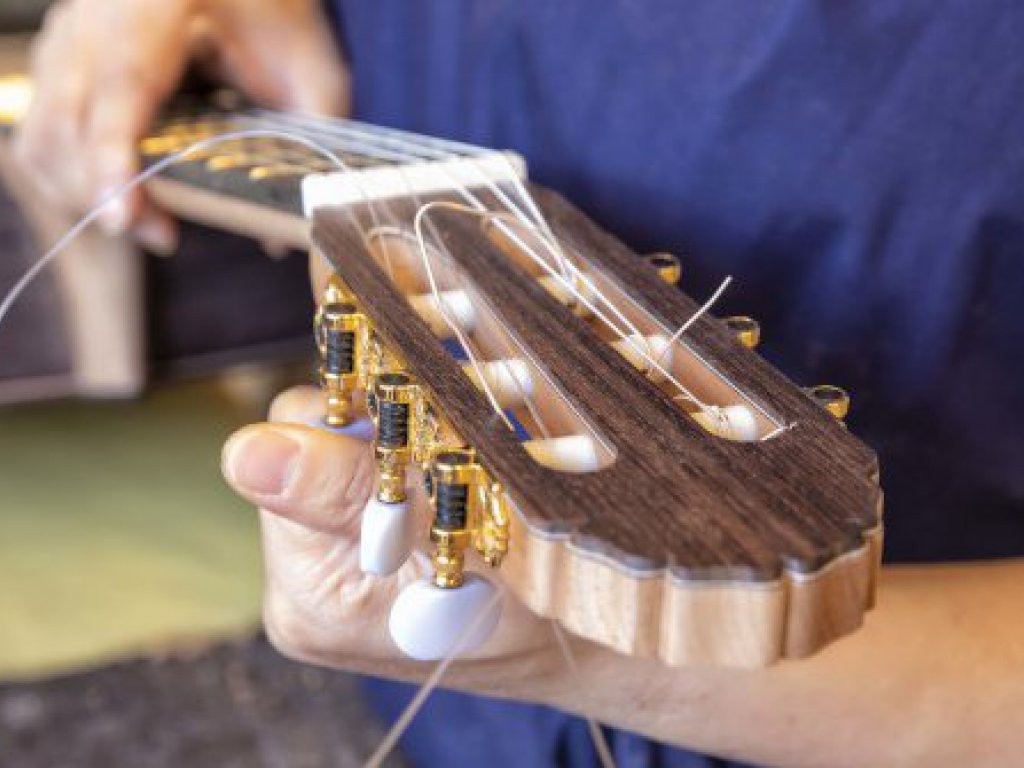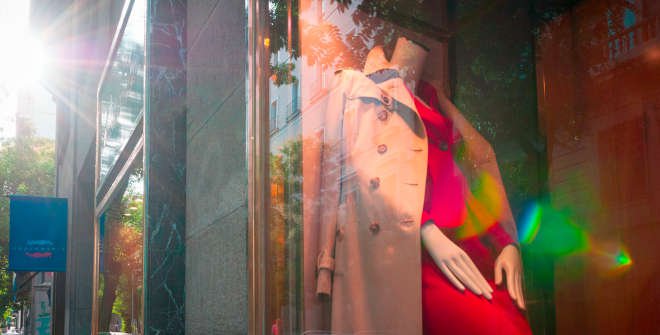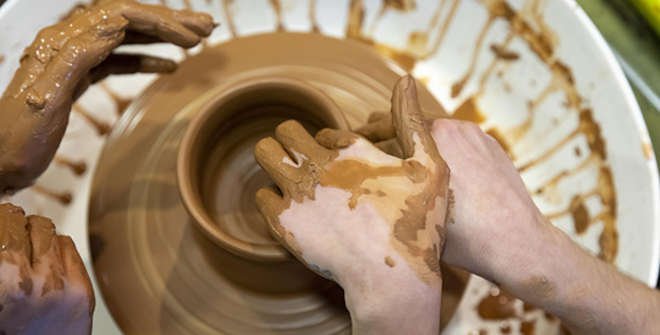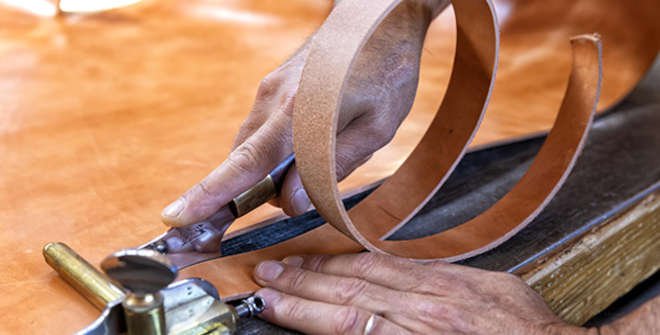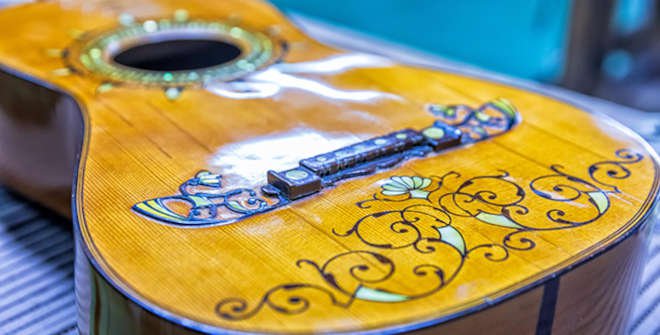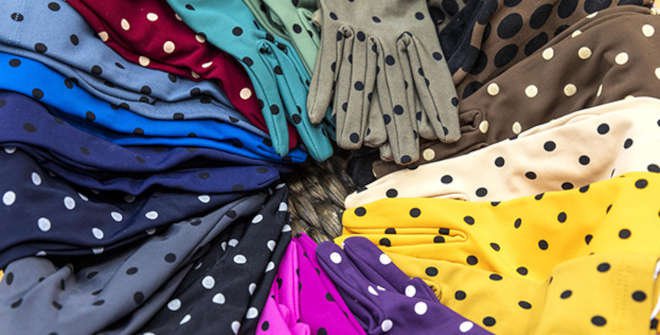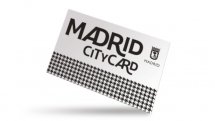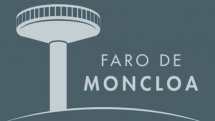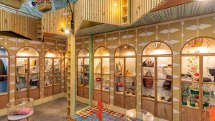21st-century artisans
Leather, natural fibres, clay and wood are some of the materials used by our city’s most unique creators, who have managed to reclaim traditional trades and keep them alive. They draw inspiration from remote times and places, but their work is pure innovation. Today, they’re letting us into their shops, which double as workshops. Watch as the past comes to life in the present.
Published in esMADRIDmagazine in January 2024
The map of old Madrid can be traced with reference to the trades its streets are named after. Latoneros (Brass workers), Cuchilleros (Cutlers), Tintoreros (Dyers) and Bordadores (Embroiderers) are just some examples. Artisanry, however, is not just a thing of the past. For the last decade, a new generation has been championing the value of handmade pieces. They’re tailors, basket weavers and potters whose businesses incorporate the latest trends in fashion and décor but use age-old production techniques. One of them is Taller Puntera (No. 4 Plaza del Conde de Barajas), a beautiful shop-cum-workshop very close to San Miguel Market which is guided by the principle “be honest in your production method”. A bookcase full of leather goods, a cutting table, three sewing machines and an array of tools fill this space where they make all sorts of items: cases, notebooks, bags, backpacks, wallets and magazine racks in an endless range of colours.
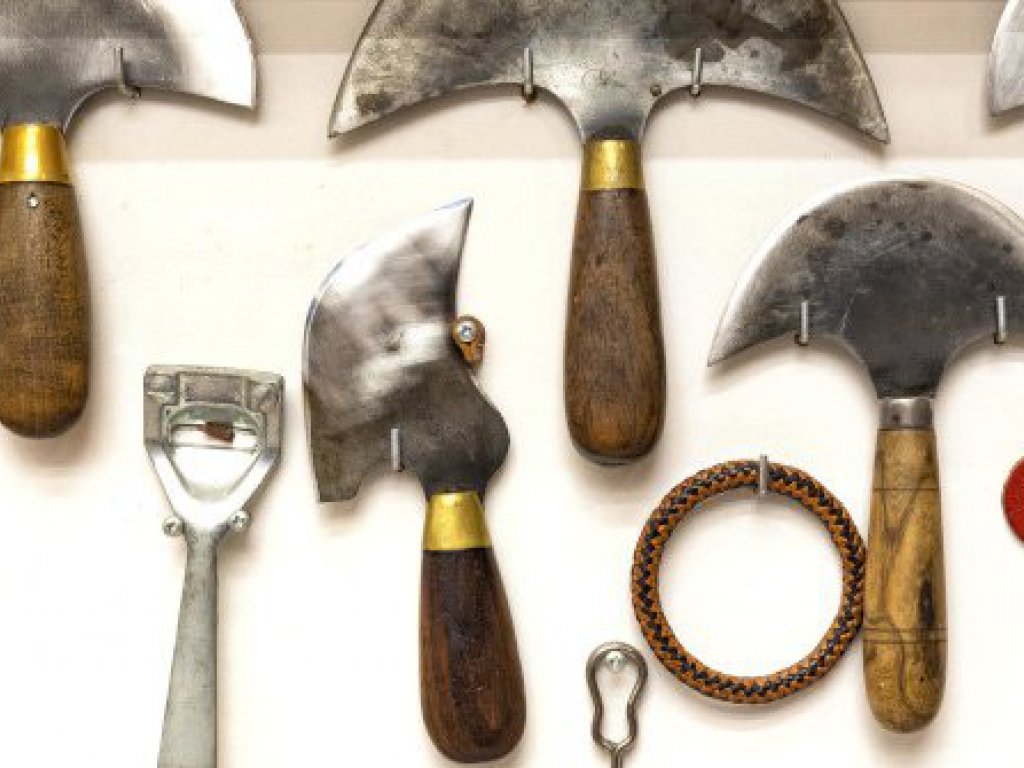
Tanning is one of Madrid’s oldest trades. Although its name might seem to indicate otherwise, Ribera de Curtidores (Tanners’ Riverbank), the main street through El Rastro flea market, wasn’t the original location of the tanners’ guild. Up until the 15th century, it was in Caños del Peral—now Plaza de Isabel II—due to its proximity to one of the entrance gates in the old city wall, Valnadú. In 1495, the Catholic monarchs encouraged its relocation to bring the tanners closer to Calle de Toledo, around which the first abattoirs were beginning to appear. Slaughtering animals resulted in a large quantity of pelts, which were transformed into leather in tanneries. Leather goods are something they know a thing or two about at Ollomao Taller (No. 18 Calle de la Fe), where Fran and Mónika make items from vegetable-tanned leather and cotton canvases which are almost always old or dead stock. “I find people who get excited and take risks inspiring”, says Daniel Chong (No. 42 Calle del Amparo), one of our city’s fashion designers who has turned his light, versatile backpacks into a highly coveted accessory. Of Chinese-Ecuadorian origin, Daniel lives and works in Lavapiés, where he has an atelier. The colours and multiculturalism of the neighbourhood shine through in his designs, for which he uses textiles made from recycled clothing. Upholstery fabric, vegan leathers and vegetable-tanned cowhide are some other materials he works with.

Natural fibres
Some time ago, there was a guild of esparto weavers in Madrid who used natural fibres for their work. Today, many modern artisans are using such materials to create decorative items and utensils for everyday use. Bamboo, wicker and rattan are used by Javier Sánchez Medina (No. 28 Calle de El Escorial) in his shop-studio in Malasaña. Everything here is handmade, from the mirrors shaped like flowers, suns and stars to the animal heads which he calls “ecological trophies”. His collection includes bulls, reindeer, buffalo and sheep, all plait woven and sewn with twine.
“My goal is to bring back town life, afternoons in the sun with neighbours and the charming harshness of the countryside with fabrics that have been part of my life since I was a child”, says Eduardo Rodríguez Turel. From his shop-workshop Eturel (No. 8 Calle de la Ruda) in El Rastro flea market, he’s betting on a return to his roots—he’s from Tembleque, Toledo—and, in broader terms, to the rural world. His raw materials consist of highly resistant, natural textiles with a long tradition of use such as burlap, a thick, rough fabric made with hemp or jute, and alpujarra, a hard-wearing fabric with a characteristic striped pattern which is Moorish in origin. He uses them to make bags, baskets and tote baskets, cushions, aprons, tote bags and bread bags.
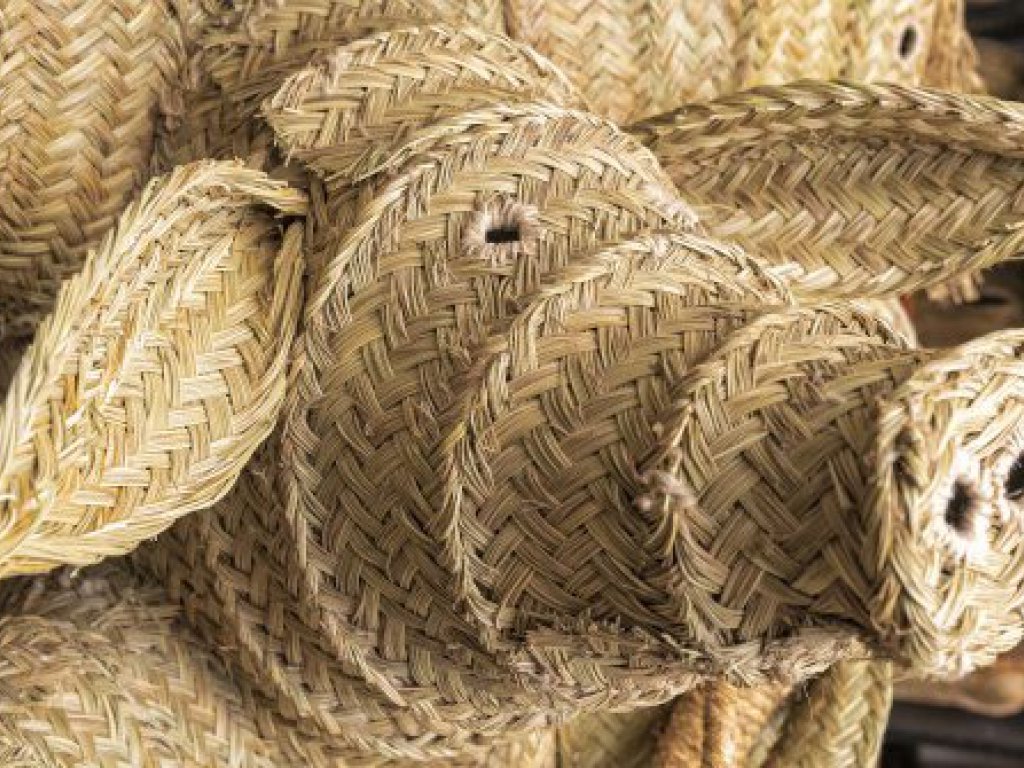
Pottery and precious metalwork
Improved ovens during the Roman era allowed progress to be made in pottery in the area which now makes up the Community of Madrid. Later on, the clay-rich earth of places like Galapagar was used in many Arab pottery pieces. In the 16th century, quite a few workshops began to crop up in the vicinity of Madrid. Mule drivers began to come here with their animals laden with goods such as cooking pots and water and wine vessels which were ready to be sold. Metalworking is a tradition that has persisted to the present day, as attested by Déborah Abizanda, whose shop-cum-studio D’A Ceramics (No. 35 Calle del Doctor Fourquet) is right near the Reina Sofía Museum. Her work falls into two categories, one functional (crockery, vases, earrings, etc.), for which she finds inspiration in Art Nouveau, Nordic design and Japanese art, and another that’s more artistic, in which she says “I use ceramic and materials like paper, wool and cotton to express myself”.
The Guild of Jewellers, Silversmiths and Watchmakers of Madrid has a long history. It was founded in 1572, shortly after Philip II made our city the seat of the kingdom’s royal court. The tradition may be old, but that doesn’t mean the new master jewellery makers don’t feel the pull of the avant-garde. This is apparent at the shop-workshop Andrés Gallardo (No. 8 Calle de San Pedro), which got its start making necklaces and bracelets out of broken pieces of porcelain found in markets and antiques dealers. Today, they craft their own items, recognisable for their distinctive iconography which features mysterious and primitive elements such as rabbits, hands, suns, moons, greyhounds and flowers. Their intuitive, meticulous work has been a pioneering force in championing and exploiting the potential of artisan production from a very modern perspective.
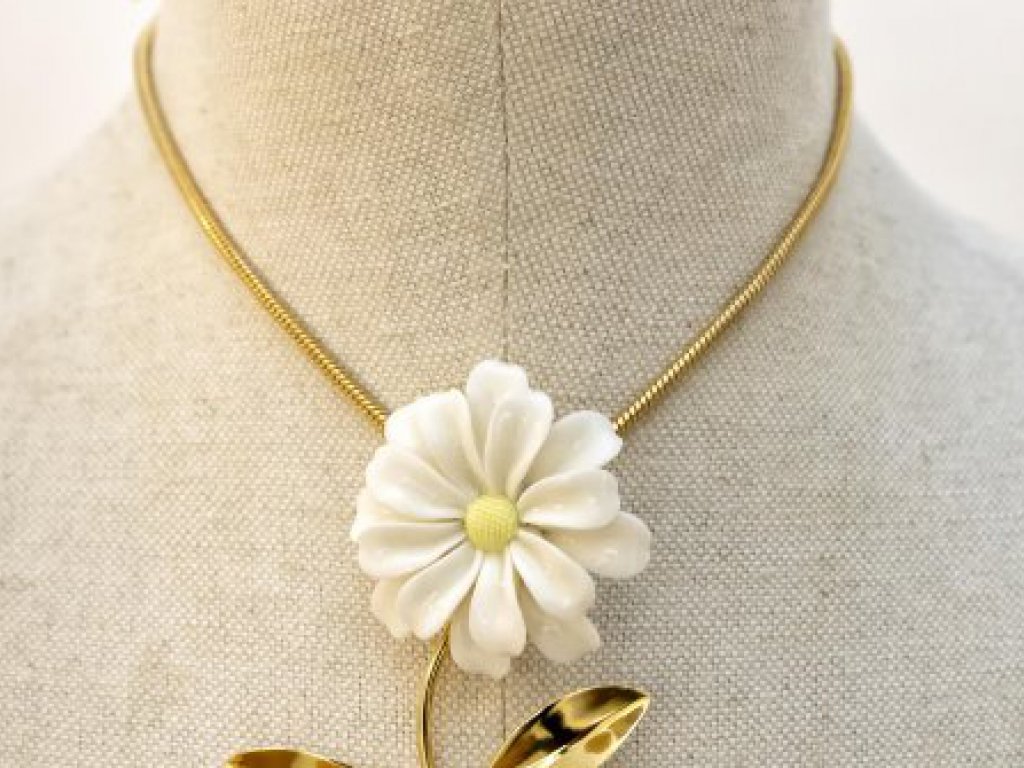
“Our jewellery is distinguished by a contemporary design which is fully customised for each client, as well as painstaking craftsmanship”, say the siblings behind Entío (No. 21 Calle de San Gregorio), who are extraordinarily creative and passionate about their work. We like their philosophy: “Wearing beautiful, original jewellery shouldn’t be a luxury. It should be a pleasure that’s within most people’s reach”. This categorical statement is embodied by Studio Squina (No. 94 Calle del Amparo), a workshop and school founded by Gimena Caram and Sandra Pampín as the natural progression of their love for design and creative processes.
Musical wood
The luthier trade has always been very important in our city, which is home to world-famous guitar makers like Guitarras Ramírez and Felipe Conde. Shaping wood so someone can make music with it is something which requires great patience and a true calling. That’s what Yunha Park (No. 14 Calle de Monteleón) tells us. She was born in Seoul but has lived in Madrid for many years. “My instruments are made with the best wood, selected based on its aesthetic and elastic qualities as well as its sound capabilities”, she says. Crafting the wood into an object that plays music is everything to her. With her hands, she’s keeping alive a profession which is pure love.
